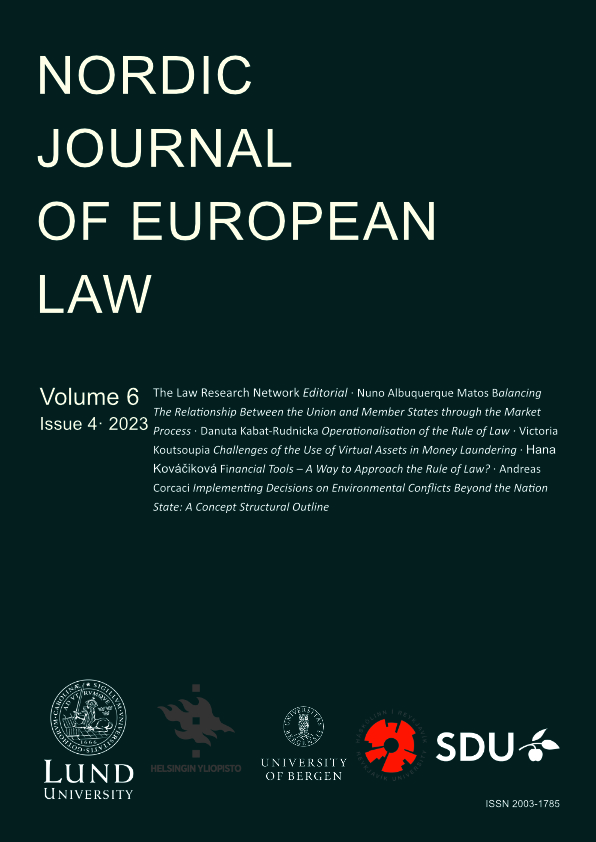Challenges of the Use of Virtual Assets in Money Laundering
Main Article Content
Abstract
Cryptocurrencies have vast potential, but they also present significant risks related to money laundering and terrorist financing due to their technical characteristics. Crypto-assets are essentially applications of blockchain technology, which entails a public, encrypted, and secure ledger distributed across a network of validated computers. Each computer operates with common software that fosters consensus on new entries and prevents unauthorized alterations to the agreed-upon register. The Financial Action Task Force (FATF) has issued numerous guidelines on virtual assets, and in September 2020, the European Commission embraced the Digital Finance Package to bring the EU in line with the digital age. A pivotal component of this package is Regulation (EU) 2023/1114 of the European Parliament and of the Council, dated May 31, 2023, on markets in crypto-assets, known as MiCA Regulation. This regulation signifies the EU’s endeavor to standardize the legal framework for crypto assets while actively contributing to the prevention of money laundering and terrorist financing. The challenge for regulatory authorities lies in the seizure, confiscation, and forfeiture of crypto-assets as proceeds of crime, given their inherent characteristics that impede traceability. Court decisions outlined in this article underscore the difficulties faced by law enforcement authorities when handling crypto-assets as proceeds of crime. The article examines how European legal authorities and the FATF utilize various legal tools, such as Directives, Regulations, and Guidelines, to adapt to the evolving landscape of virtual assets. To mitigate the risk of forum shopping, where individuals seek the most favorable legal regime, alignment of the legal frameworks of Member States is crucial. The ongoing evolution of the legal framework reflects the persistent challenges posed by virtual assets in the context of criminal activities, prompting a continuous adaptation of regulations by European legal authorities and the FATF.
Article Details

This work is licensed under a Creative Commons Attribution-NonCommercial-NoDerivatives 4.0 International License.

